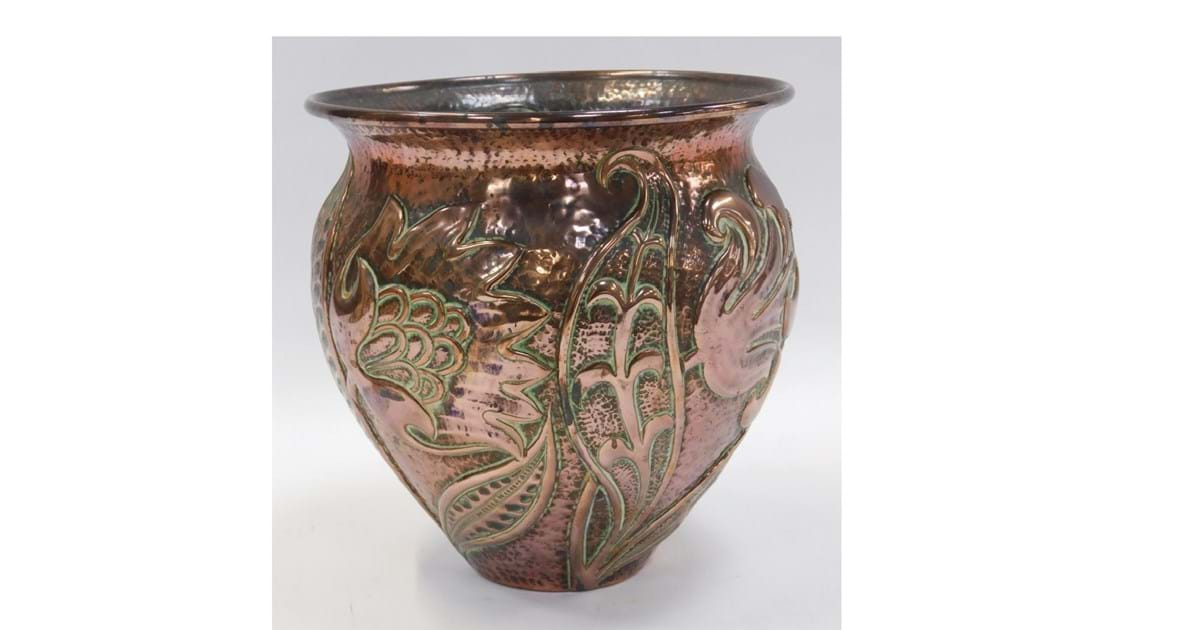Figurines have been in existence as long as humans have existed. These miniature figures depicting animals, gods or humans were initially sculpted from clay or stone and have evolved into versions made of plastic, glass, ceramic, metal or wood. Most likely used as religious figures or perhaps as a child's amusement, the early figurines might even have been worn as a piece of jewelry.
Eventually in the Sixteenth Century figurines began being produced in Europe by the German company, Meissen, as well as Dresden. They became objects d'art rather than figures to be used in rituals or as toys. In modern times, the figurines have become popularized with depictions of action figures as well, with movable parts, or inaction figures, without movable parts.
There are many styles and colours used in the production of these little figurines:
- Olmec figurines are baby faced cherubs with chubby bodies, elongated men, or stylized human figures and with no color other than the substance with which the figurine was sculpted.
- Tau, Psi and phi types shaped to resemble the Greek alphabet letters and made from terracotta.
- Figurines representing animals, initially made with lead but today usually produced in crystal or plastic and painted in natural colors of the animals they depicted.
- Jaina style figurines are classic Mayan hollow figurines made with orange clay and then painted in blue and ochre.
- Dogu are clay-coloured Japanese human or animal depictions.
- Matryoshka figurines are the Russian nest dolls, which are wooden and placed one inside the other in decreasing sizes and painted in traditional peasant colours.
- Porcelain figurines delicately portraying human figures and sometimes featuring famous historical or political personalities.
Today there are several well-known producers of figurines:
- Lladro, a Spanish company whose figurines have a crystalline look, the process for which is well guarded.
- Royal Doulton, an English company, who also produced Minton China, and whose first figurine, Darling, was developed in 1913.
- Hummel figurines, based on drawings by a German nun, and produced by the Goebel Company, are now collectibles, as the company stopped producing the Hummel figurines in 2008.
- While these companies sculpted porcelain figurines, the Swarovski company is producing a popular line of crystal animals such as swans, elephants, dragons and horses.
Skillfully crafted figurines, realistic or iconic, are now enjoyed and collected by people around the world as art objects.

